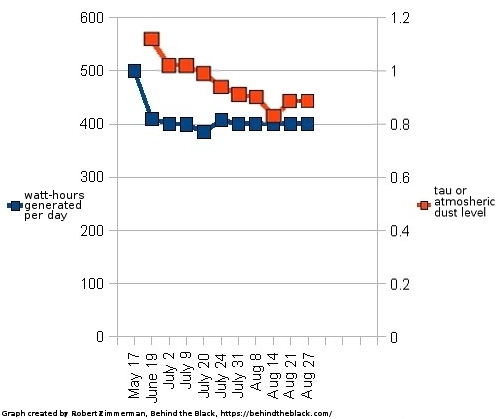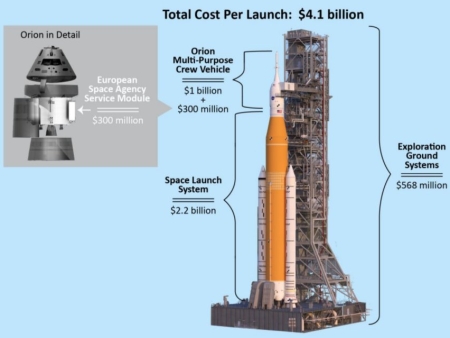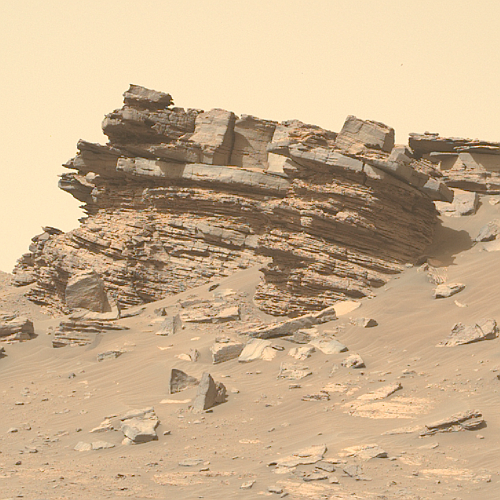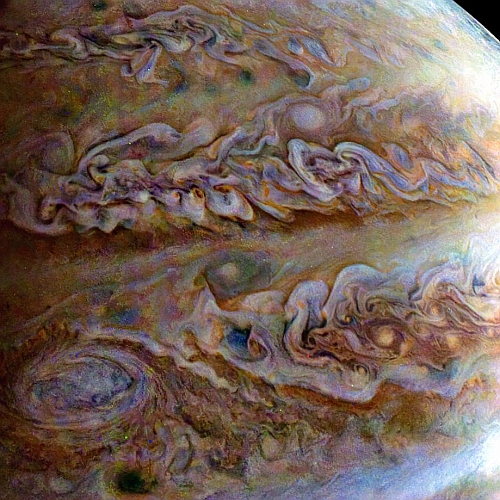InSight power levels continue to hold steady

According to a new update posted today by the InSight science team, the power being generated by the lander’s dust-covered solar panels once again did not decline last week, holding at 400 watt-hours generated per day for the fifth week in a row.
The graph to the right shows the trends since May. The dust in the atmosphere is indicated by the red line, marking what scientists call the tau level. A normal level outside of the winter dust season should be between 0.6 and 0.7 tau. Even though that dust season has been ending, that level has remained high, thus cutting off more of the sunlight that the Mars lander could use to generate the electricity needed by its seismometer.
That the power generated continues to hold steady however suggests that InSight’s seismometer might be able to continue working into September, detecting Martian earthquakes. The scientists had predicted the spacecraft would die sometime around now. Without doubt they are thrilled their prediction appears wrong.
That the lander might last longer also increases the chance that it might experience a wind event, such as a dust devil, that could blow the solar panels clear of dust and save the lander entirely. All it needs is one such event, which sadly has not occurred since InSight landed on Mars in 2018.

According to a new update posted today by the InSight science team, the power being generated by the lander’s dust-covered solar panels once again did not decline last week, holding at 400 watt-hours generated per day for the fifth week in a row.
The graph to the right shows the trends since May. The dust in the atmosphere is indicated by the red line, marking what scientists call the tau level. A normal level outside of the winter dust season should be between 0.6 and 0.7 tau. Even though that dust season has been ending, that level has remained high, thus cutting off more of the sunlight that the Mars lander could use to generate the electricity needed by its seismometer.
That the power generated continues to hold steady however suggests that InSight’s seismometer might be able to continue working into September, detecting Martian earthquakes. The scientists had predicted the spacecraft would die sometime around now. Without doubt they are thrilled their prediction appears wrong.
That the lander might last longer also increases the chance that it might experience a wind event, such as a dust devil, that could blow the solar panels clear of dust and save the lander entirely. All it needs is one such event, which sadly has not occurred since InSight landed on Mars in 2018.












